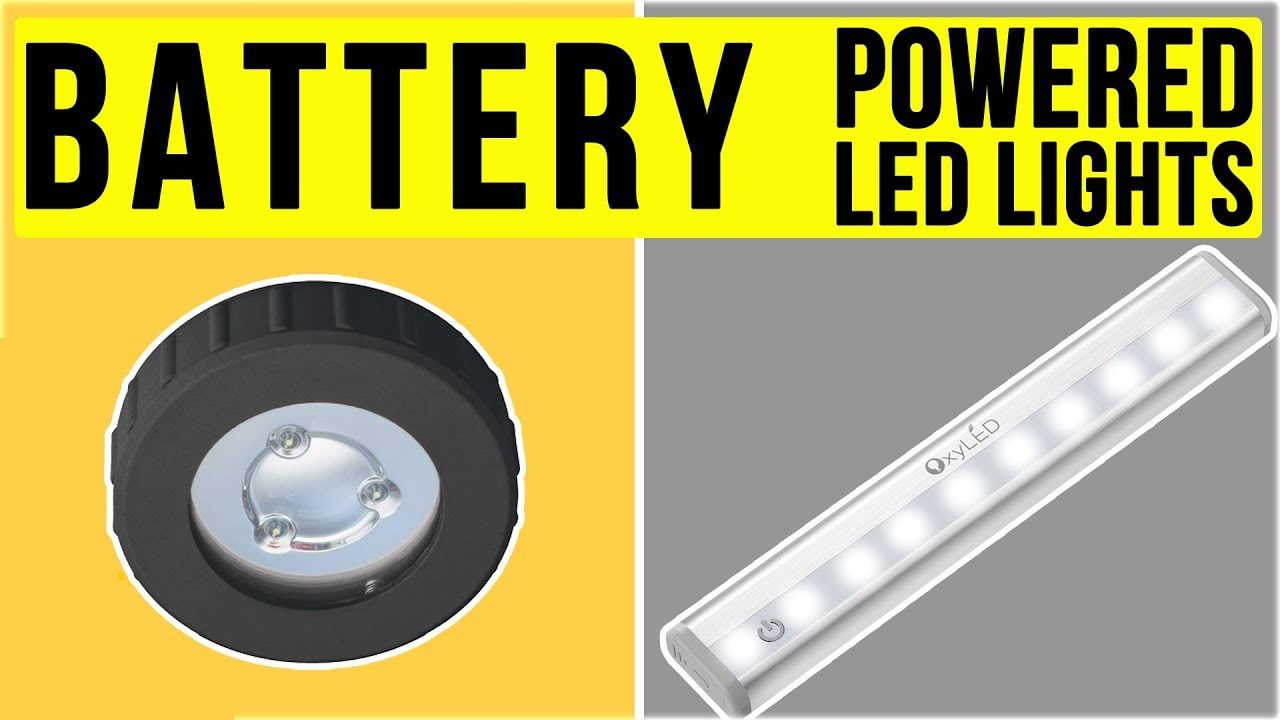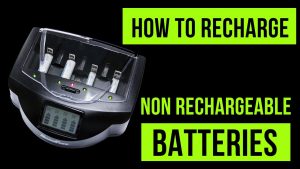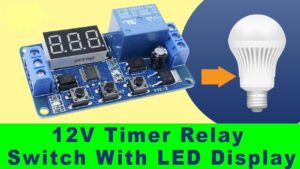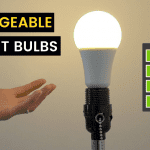In the ever-evolving landscape of lighting technology, the emergence of battery operated lights that mysteriously turn on by themselves has sparked curiosity and raised numerous questions. This phenomenon is particularly common in the case of LED string lights, where a sophisticated electronic unit takes center stage. To demystify this enigma, let’s embark on a journey into the intricate workings of these autonomous illuminating marvels.
Understanding the Technology Behind Battery-Operated LED String Lights
When it comes to battery-operated LED string lights, the heart of the operation lies in the integration of LED bulbs with an electronics unit. Unlike traditional incandescent lights, LEDs are highly energy-efficient and offer the flexibility to be powered by batteries. The electronic unit, often a compact controller, governs the on/off function, allowing for a convenient and portable lighting solution.
Why Do Battery Operated Lights Turn on By Themselves
In the realm of battery-operated lights, the on/off function is typically orchestrated by an electronic switch and a push button. These components, often made of conductive rubber, play a pivotal role in responding to user input. When the button is pressed, it completes the circuit, allowing the flow of electricity to illuminate the LED bulbs. Conversely, releasing the button breaks the circuit, turning off the lights.
1. Moisture or Contamination
Several factors can contribute to the unexpected behavior of battery-operated lights, leading them to turn on autonomously. One prominent factor is the susceptibility of the electronic switch and push button to moisture or contamination. When these components are exposed to environmental elements, such as humidity or dirt, the conductivity may be compromised, resulting in erratic behavior. Regular maintenance and keeping the battery compartment dry can mitigate these issues.
2. External Interference: The Influence of Magnetism and Radio Signals
Another intriguing aspect that could cause battery-operated lights to exhibit spontaneous illumination is external interference. Strong magnetic fields or radio signals in the vicinity can influence the controller’s electronic components. The magnetic interference might trigger the electronic switch, completing the circuit momentarily and causing the lights to turn on unexpectedly. Likewise, radio signals could inadvertently impact the electronic communication within the controller.
Troubleshooting the Mystery: Practical Solutions
Understanding the potential causes of spontaneous illumination is the first step in unraveling this mystery. For users experiencing such behavior with their battery-operated lights, several practical solutions can be implemented.
- Ensure Button Cleanliness: Regularly inspect and clean the electronic switch and push button to prevent contamination. A gentle wipe with a dry, lint-free cloth can help maintain optimal conductivity.
- Moisture Prevention: Keep the battery compartment dry and free from moisture. Consider using weather-resistant or waterproof battery cases for outdoor applications to shield the electronic components.
- Minimize Interference: Identify and minimize sources of magnetic or radio interference in the vicinity. Positioning the lights away from strong magnetic fields and electronic devices emitting radio signals can reduce the likelihood of unintended activation.
Trending Today
Frequently Asked Questions
If you find yourself puzzled by the mysterious behavior of battery-operated string lights turning on and off autonomously, you’re not alone. This perplexing phenomenon can be attributed to various factors, each warranting a thorough examination. Let’s delve into the potential causes behind these self-activating lights and explore troubleshooting steps for a clearer understanding.
1. Loose or Corroded Batteries:
- Issue: Loose connections or corroded battery terminals can lead to intermittent power supply problems.
- Solution: Ensure the batteries are securely placed, and the terminals are clean. Tighten any loose connections and replace corroded batteries promptly.
2. Interference from Other Devices:
- Issue: Radio frequency interference from nearby electronic devices may cause flickering or sporadic activation.
- Solution: Move the string lights away from other electronic devices to determine if interference is the culprit. Creating distance can help mitigate the issue.
3. Faulty Wiring or Connections:
- Issue: Damaged wiring, cuts, or exposed wires can result in unpredictable behavior.
- Solution: Inspect the string lights’ wiring for any visible damage. Replace or repair faulty connections and wiring as needed.
4. Environmental Factors:
- Issue: Extreme temperatures, humidity, or exposure to moisture can impact battery-powered devices.
- Solution: Ensure the string lights are placed within the specified operating conditions. Protecting them from adverse environmental factors can enhance stability.
5. Timer or Remote Control Issues:
- Issue: Malfunctions in timers or remote controls can lead to unexpected activation.
- Solution: Verify the proper functioning of timers and remote controls. Replace or repair any components showing signs of malfunction.
6. Inconsistent Battery Quality:
- Issue: Low-quality batteries may result in erratic behavior.
- Solution: Opt for high-quality batteries from reputable brands to ensure a stable power supply.
7. Manufacturing Defect:
- Issue: Rarely, manufacturing defects in electronic devices may contribute to unexpected behavior.
- Solution: If the issue persists and all other factors are ruled out, contact the manufacturer for support or consider a replacement.
8. Motion Sensors or Ambient Light Sensors:
- Issue: Lights equipped with malfunctioning motion or ambient light sensors can behave unpredictably.
- Solution: Check the functionality of these sensors. If faulty, repair or replace them to restore proper operation.
Trending Today
Conclusion
The allure of battery-operated lights turning on by themselves is intricately woven into the marriage of LED technology and electronic control. While the phenomenon may seem mysterious at first glance, a closer look at the underlying technology reveals the delicate balance of conductivity and external influences.
As we continue to embrace advancements in lighting solutions, understanding the nuances of these autonomous illuminators empowers users to troubleshoot and appreciate the ingenious engineering behind the spontaneous glow of battery-operated LED string lights.

 Search
Search




















